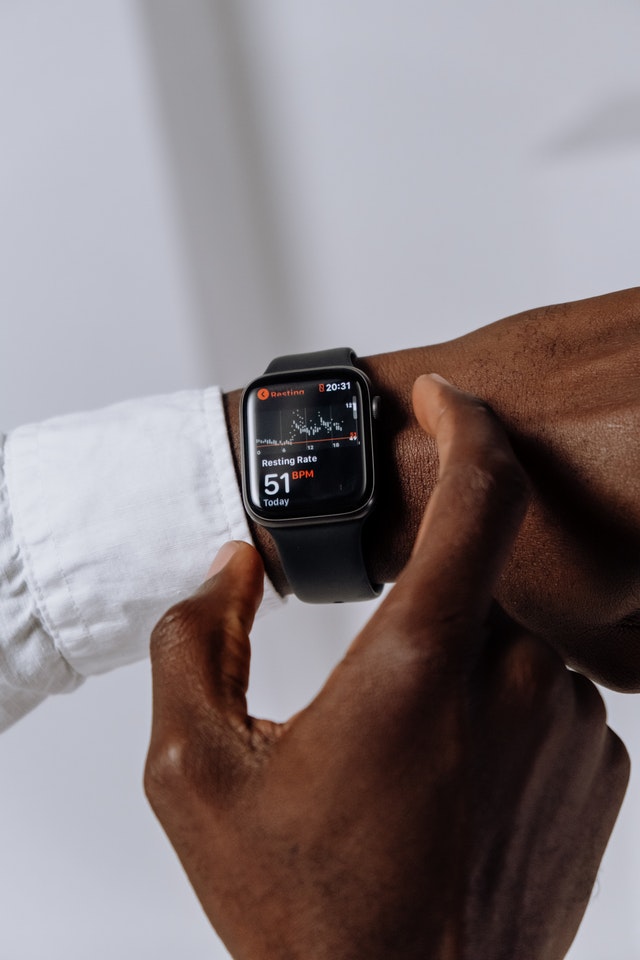
Background
Providers need tools to be more engaged with patients when it comes to the pharmaceutical side of healthcare. Looking at medication error statistics, the FDA received over 100,000 reports each year [1]. These occur due to prescribing errors, failing to prescribe a certain medication, prescribing the medication at the wrong time, the wrong dose, or even due to the lack of taking the patient’s medical history and drug interactions into consideration. Caregivers and patients can make medication errors and it is concerningly not that uncommon. For instance, medication errors have been seen in 41% of Americans [1]. About 10% of hospital patients encountered medication error and 1 in 5 of adverse drug events were related to in-home use [1]. Therefore, if providers receive the proper tools needed to be more engaged when prescribing medication to patients, then they can help prevent and catch medication errors before they turn into an adverse drug event.

Solutions
Increasing Medication Adherence
Increasing provider engagement by taking real-time data that limits medication adherence will lead to better patient outcomes. The first digital tool is to implement mobile medical apps that alert patients when to take their medication and allows them to record the time they took them [2]. Patients can also use smart pill bottles with sensors to show how much medication is left. Smart package systems can also send reminders and track when the medication was dispensed and the dosage. However, it’s hard to tell if the patient actually took the medications even if they opened the bottle. Therefore, implementing bio-ingestible sensors can alert the patient’s mobile device when the drug has dissolved [2]. All of these tools help keep the provider more engaged in tracking the patient’s medication in order to prevent medication errors.
Increasing Real-Time Medication Monitoring
Providing remote care has become increasingly popular in an attempt to allow for whole person care. Increasing provider engagement can lead to monitoring patients outside of traditional healthcare settings. Digital tools accomplish this with increased real-time information given to physicians on their patients’ health. For instance, for patients with diabetes, it is crucial that they are able to have a continuous blood sugar monitoring system [3]. Therefore, tools that track medication effects with diet and exercise can update the patient and care team on the treatment progress. Additionally, providing an anticoagulation testing device helps physicians and patients track the interactions between diet and medication [3]. Anticoagulation devices allow a drop of blood to provide continuous and real-time results on the patient’s treatment plan, allowing the care team to adjust the dosage accordingly [3]. Therefore, providing digital tools that allow physicians to be more engaged allows for remote medication tracking and promotes overall wellness.

Conclusion
Increasing provider engagement prevents medication errors and adverse drug effects. Digital tools that detect if there are any adverse effects happening due to medication errors can improve provider engagement. Additionally, being able to track real-time data on medication can help physicians provide whole person care. Therefore, increasing provider engagement can decrease adverse medication effects with real-time tracking and monitoring.
References
- https://www.singlecare.com/blog/news/medication-errors-statistics/
- https://www.pharmacytimes.com/view/5-digital-tools-for-improving-medication-adherence
- https://welkinhealth.com/remote-patient-monitoring-devices/